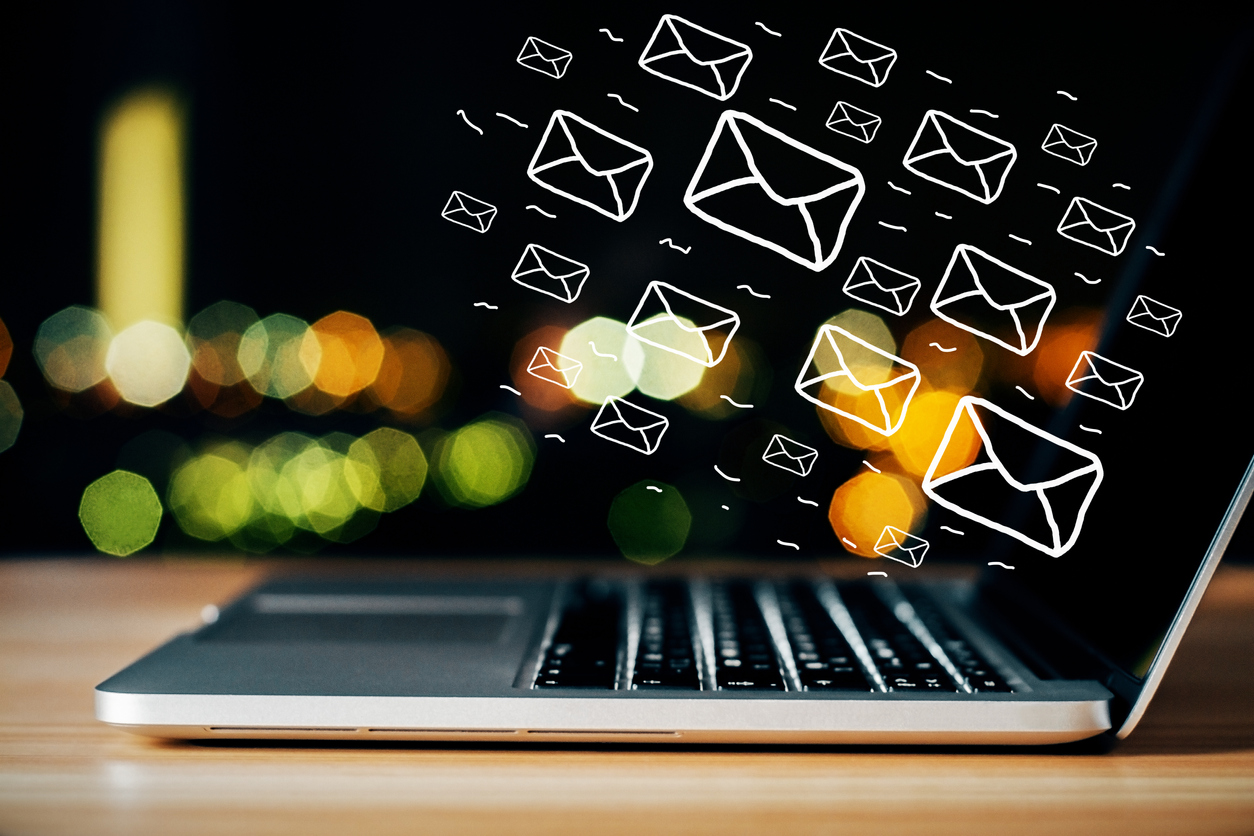
You know you ought to keep in touch with your customers and prospects, and a regular e-newsletter sounds like a grand idea. But where do you start?
To begin with, consider these Top 3 Tips:
- Be realistic and have a plan. Can you honestly produce a newsletter every week? It’s far better to have a monthly (or even quarterly) schedule and to stick to it. It gives you a format and ample opportunity to compile relevant and engaging content. Once you’ve decided on frequency, have a folder on your Desktop for potential material (ideas below.)
- War & Peace doesn’t make a great newsletter. Short and informative is good. Intriguing enough to click through to your website for the full story is better.
- On that point, you can monitor those clicks to gain an insight into your readers’ interests. Then you can tailor your content to offer maximum appeal. Click rate is far better to monitor that opens since Apple’s change in reporting in September 2022, when they report an open before delivering an email to Mail or devices.
What are you going to share with your readers? A few of the following ideas should give you a solid starting point:
- An article that’s relevant to you and of interest to your readers. That second part is crucial. Ideally, this should be written up as a Blog on your website with a hyperlink from your newsletter. If you’ve genuinely no news of your own then pick a news story or blog that applies to your industry and “piggyback” it – giving it your own introduction. Be very sure to credit the original source material.
- An offer, service, product or event that you’d like to promote. How about giving your readers an exclusive deal? Be sure to use a hyperlink back to your website so that you can evaluate levels of interest.
- News of a business partnership or a case study. How will this be of benefit to your readers? Remember to focus on that, rather than on how it’s of benefit to you.
- Recommend a great business. If you think that one of your suppliers is the best thing since sliced Vogel’s, why not tell your readers about them? The benefits to everyone involved could be far reaching.
- Meet the team. It feels good to do business with a real person, to know who’s at the end of the phone or e-mail. Help your clients get to know your business by featuring a member of staff in each newsletter. Maybe link it back to the About Us page of your website too.
- Have humour. The world’s a serious place. If you can share a joke and raise a smile then you’ll almost certainly brighten someone’s day.
- Automation/Welcome series. Produce a series of emails once your reader signs up, these need to not be time sensitive, but can save you the problem of keeping in touch on a regular basis.
Additionally, make it really easy for readers to find your contact details and key areas of your website. Design a strong Mailchimp template – easy to use and branded for your company.
An authentic e-newsletter containing genuine, relevant and fresh ideas can certainly have a positive effect. However, mass-produced mailers, pre-populated with generic and potentially irrelevant content could severely damage your reputation and may even have your e-mails perceived as spam.
Learn from what others send you. Have a quick flick through your In-Box and pick out a couple of newsletters. Are they engaging? Do they interest you enough to “click here to read more”? Or are they a hard sell, written in a way that makes you feel like you’re being shouted at? Make a note of what you like – and what you don’t.
Outbox’s advice is: if you’re going to produce e-newsletters, do them properly – or not at all. Your first newsletter will probably be the most challenging, as you grapple with copywriting and finding suitable illustrative images and so on. But remember that there are people who can help you; you don’t have to do everything yourself. By all means, contact Lindsey at Outbox for recommendations.



